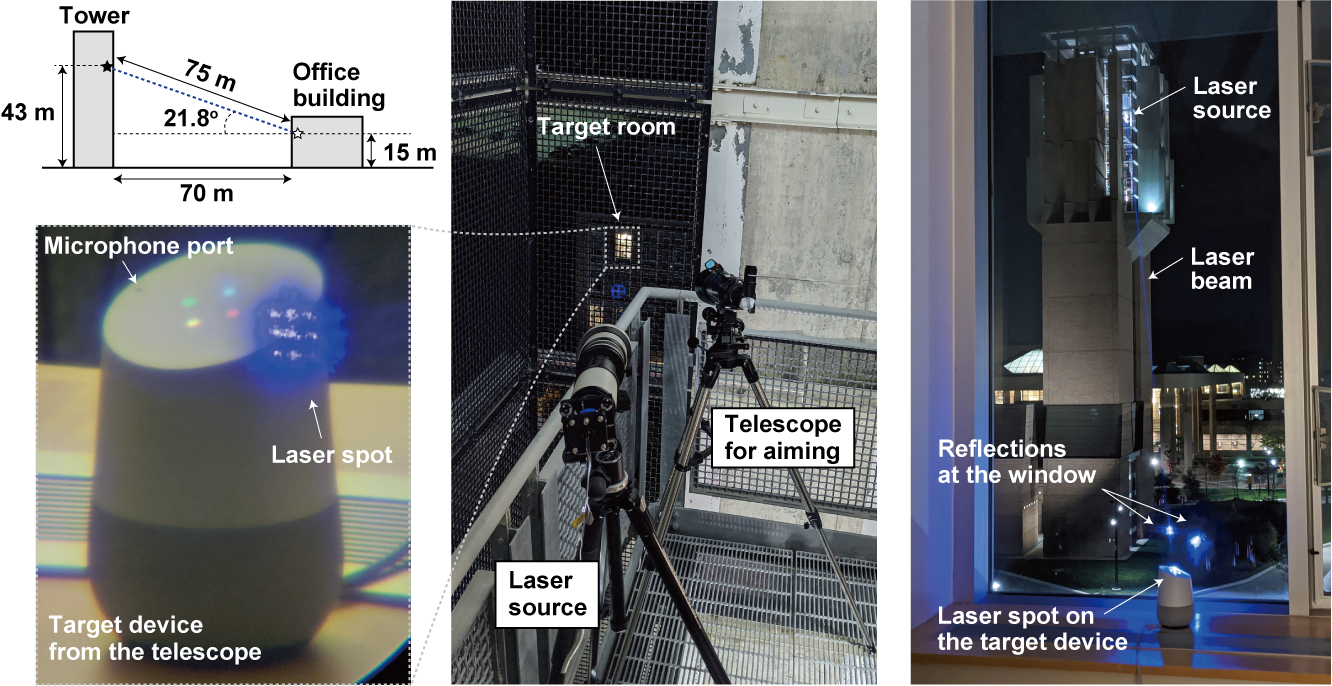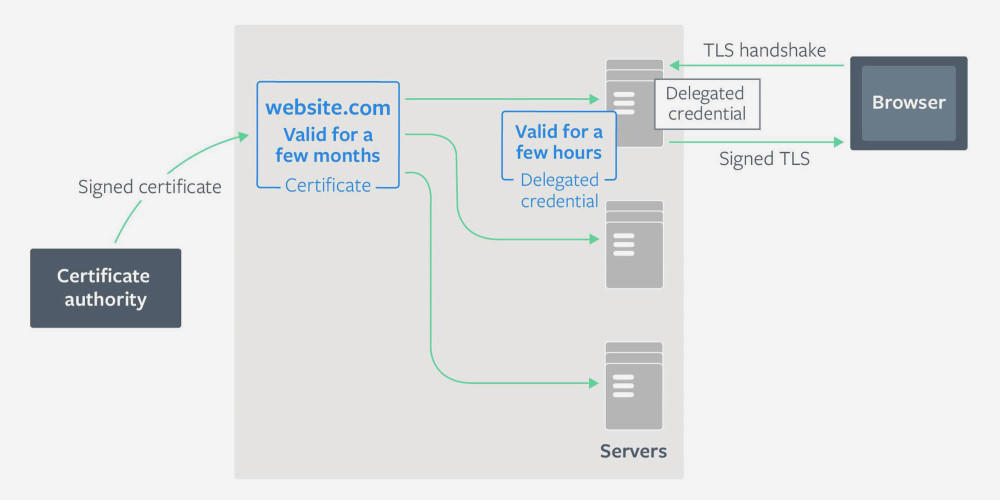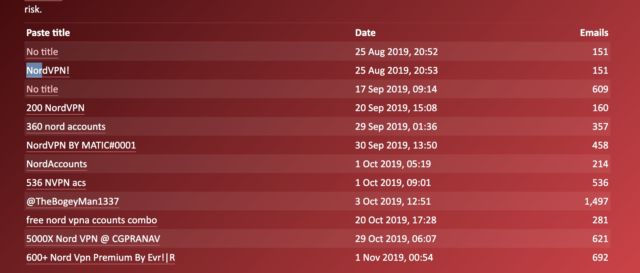Indian officials acknowledged on October 30th that a cyberattack occurred at the country’s Kudankulam nuclear power plant. An Indian private cybersecurity researcher had tweeted about the breach three days earlier, prompting Indian authorities to initially deny that it had occurred before admitting that the intrusion had been discovered in early September and that efforts were underway to respond to it.
According to last Monday’s Washington Post, Kudankulam is India’s biggest nuclear power plant, “equipped with two Russian-designed and supplied VVER pressurized water reactors with a capacity of 1,000 megawatts each. Both reactor units feed India’s southern power grid. The plant is adding four more reactor units of the same capacity, making the Kudankulam Nuclear Power Plant one of the largest collaborations between India and Russia.”
While reactor operations at Kudankulam were reportedly unaffected, this incident should serve as yet another wake-up call that the nuclear power industry needs to take cybersecurity more seriously. There are worrying indications that it currently does not: A 2015 report by the British think tank Chatham House found pervasive shortcomings in the nuclear power industry’s approach to cybersecurity, from regulation to training to user behavior. In general, nuclear power plant operators have failed to broaden their cultures of safety and security to include an awareness of cyberthreats. (And by cultures of safety and security, those in the field—such as the Fissile Materials Working Group—refer to a broad, all-embracing approach towards nuclear security, that takes into account the human factor and encompasses programs on personnel reliability and training, illicit trafficking interception, customs and border security, export control, and IT security, to name just a few items. The Hague Communiqué of 2014 listed nuclear security culture as the first of its three pillars of nuclear security, the other two being physical protection and materials accounting.)
This laxness might be understandable if last week’s incident were the first of its kind. Instead, there have been over 20 known cyber incidents at nuclear facilities since 1990.




